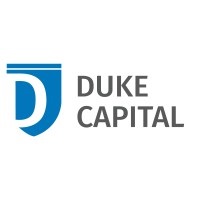Duke Capital Limited (LON: DUKE), a leading provider of hybrid capital solutions for SME business owners in Europe and North America, has announced its interim results for the six-months ended 30 September 2024.
Financial Highlights
· Recurring cash revenue* totalled £12.7 million, an increase of 4% on Interim 2024 (£12.2 million)
· Total cash revenue of £13.5 million, down 4% from the prior period (Interim 2024: £14.1 million)
· Free cash flow** of £5.9 million, down 26% from Interim 2024 (£7.9 million) – fewer investment exits delivered in the current period compared to Interim 2024
· Cash dividends of 1.40 pence per share paid to shareholders (Interim 2024: 1.40 pence per share)
Operational Highlights
· Deployed over £15 million of capital into existing Capital Partners
· Completed a £23.5 million fundraise post period end to support portfolio M&A and progress Duke’s third party, non-dilutive funding strategy to accelerate scale


